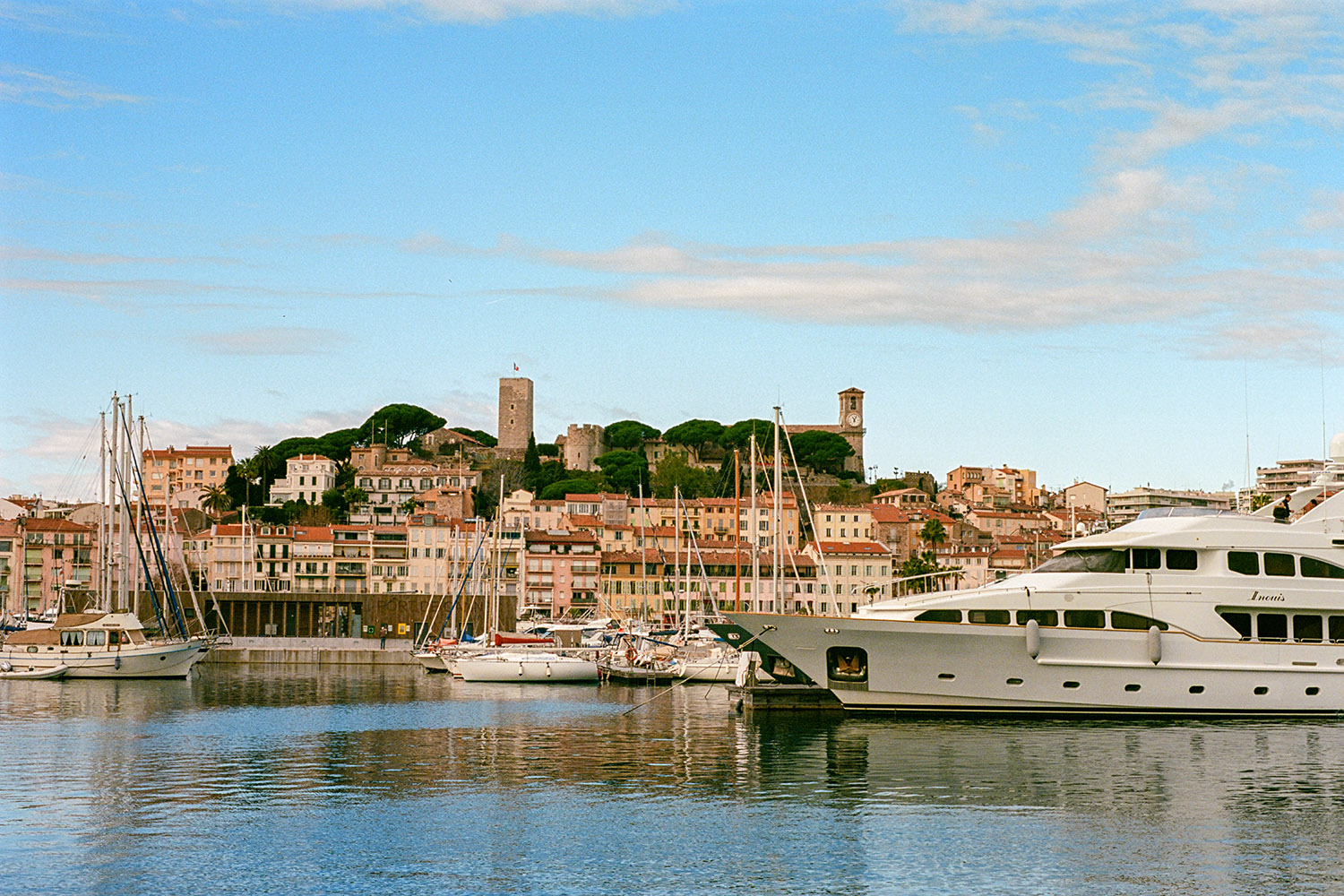
Last April, I published a page about shooting film. At the time, I chose to use Kodak's Portra 400, but I was also tempted to try the company's Ektar 100 film. When we flew back to France this past December, I left all my Nikon equipment in North Carolina and took my now just shy of forty-five-year-old Minolta SR-T-303 and three prime lenses with me: an MD Rokkor-X 50mm ƒ1:1.7, an MD W-Rokkor-X 28mm ƒ1:2.8 wide-angle, and an MD 135mm ƒ1:2.8 telephoto lens. I also brought three rolls of Ektar 100 (of which I used two) and two rolls of Portra 400 (of which I used one).
Shooting Ektar 100 is a bit of a mixed bag. Though the film is extremely fine-grained, the colors do tend to be a bit oversaturated, particularly in very bright light. I also found that the fim tends to have a slight greenish cast. Both these phenomena are very easy to correct in post-processing the digital scans of the negatives, but it seems the Portra has more natural colors. On the other hand, the Portra 400 is too fast to shoot in most outdoor situations.This can easily be remedied by using a neutral density filter, something I have yet to acquire for my Minolta primes. The slightly more pronounced grain of the Portra is not a sufficiently important factor.
The photos on this page have no common theme; they are just examples of what I was able to obtain using film after working with digital equipment for over two decades. What continues to amaze me is that my old Minolta camera works as well today as it did all these years ago! For more practical aspects of what seems so different shooting film, please look at the comments on my Portra 400 page. As for trying analog photography again: it changed the way I work with digital, so I heartily recommend it, particularly if you stil own film-based cameras. If not, you can acquire excellent equipment for very little money. I will certainly continue to use film once in a while. Next on my list is trying out black and white films again. Nostalgia...
Click on any image to see a larger (2100 x 1400 pixel) version!

|
Cannes, the old harbor and view on the Tour de la Castre |
50mm, ISO 100, 1/250, ƒ/9.5 |
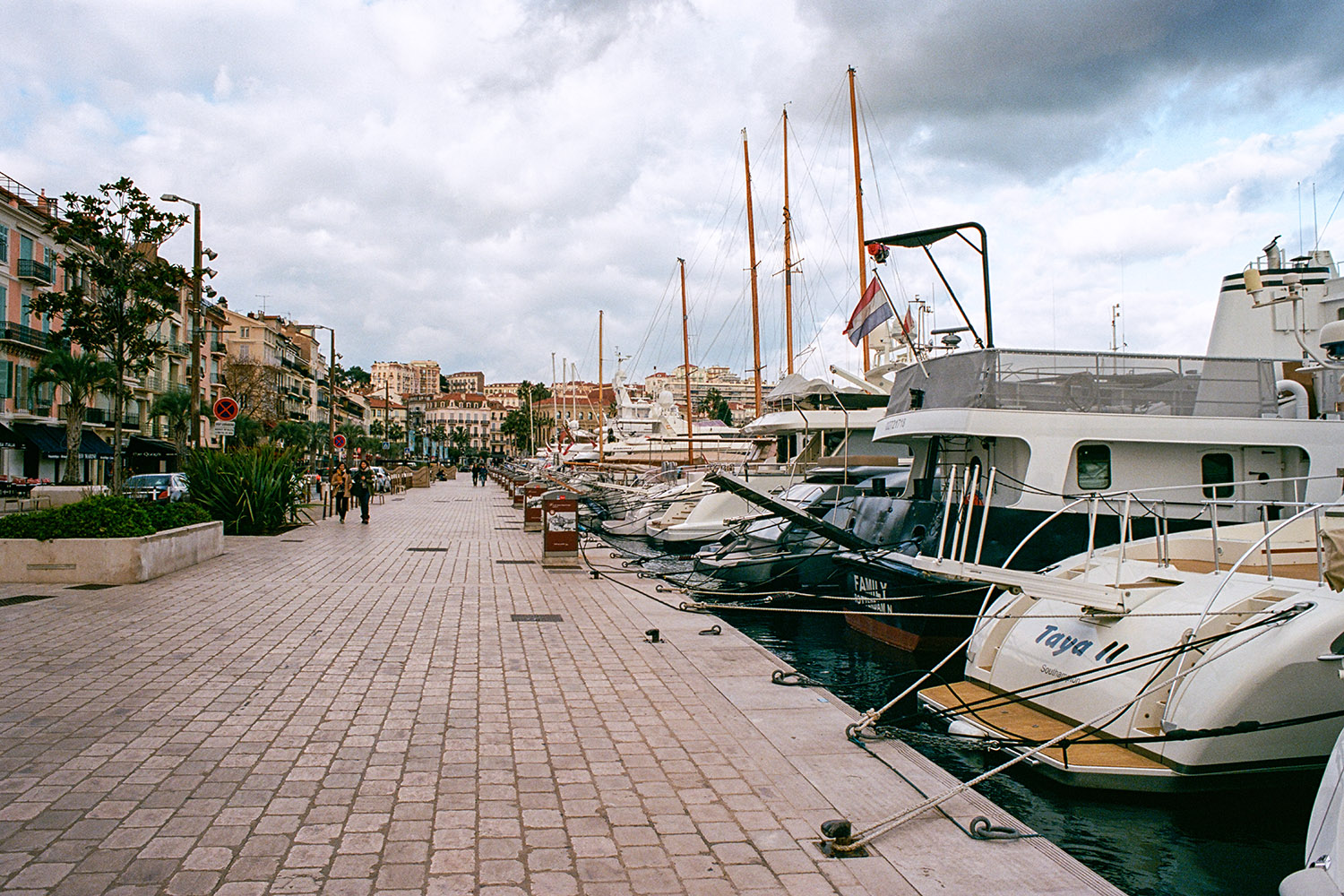
|
Cannes, walking around the old harbor on the Quai Saint Piere |
28mm, ISO 100, 1/125, ƒ/8 |
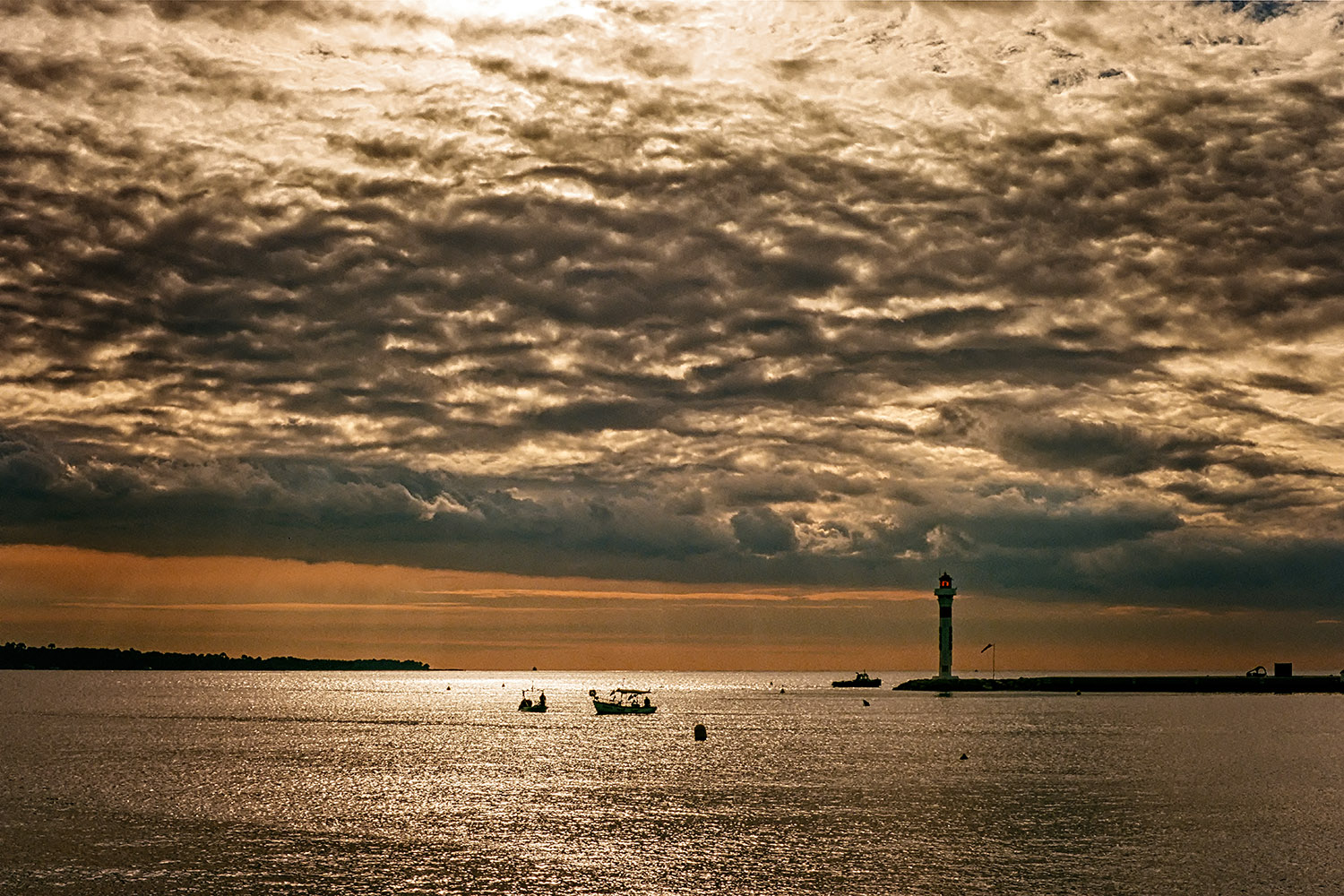
|
Cannes, looking from the Croisette to the harbor entrance |
50mm, ISO 100, 1/500, ƒ/16 |
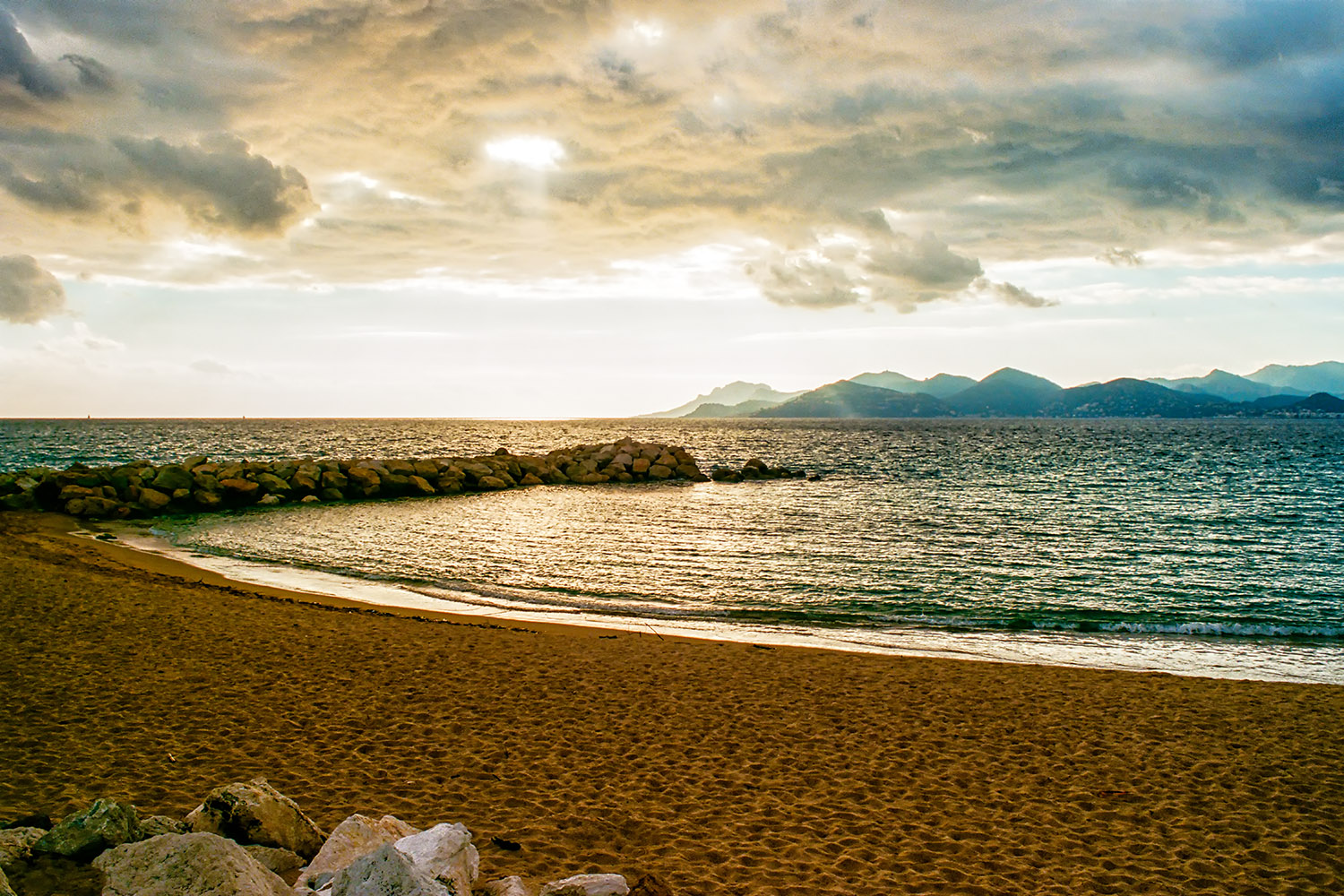
|
Cannes, looking form the Laubœuf beach to the Esterel |
28mm, ISO 100, 1/125, ƒ/11 |
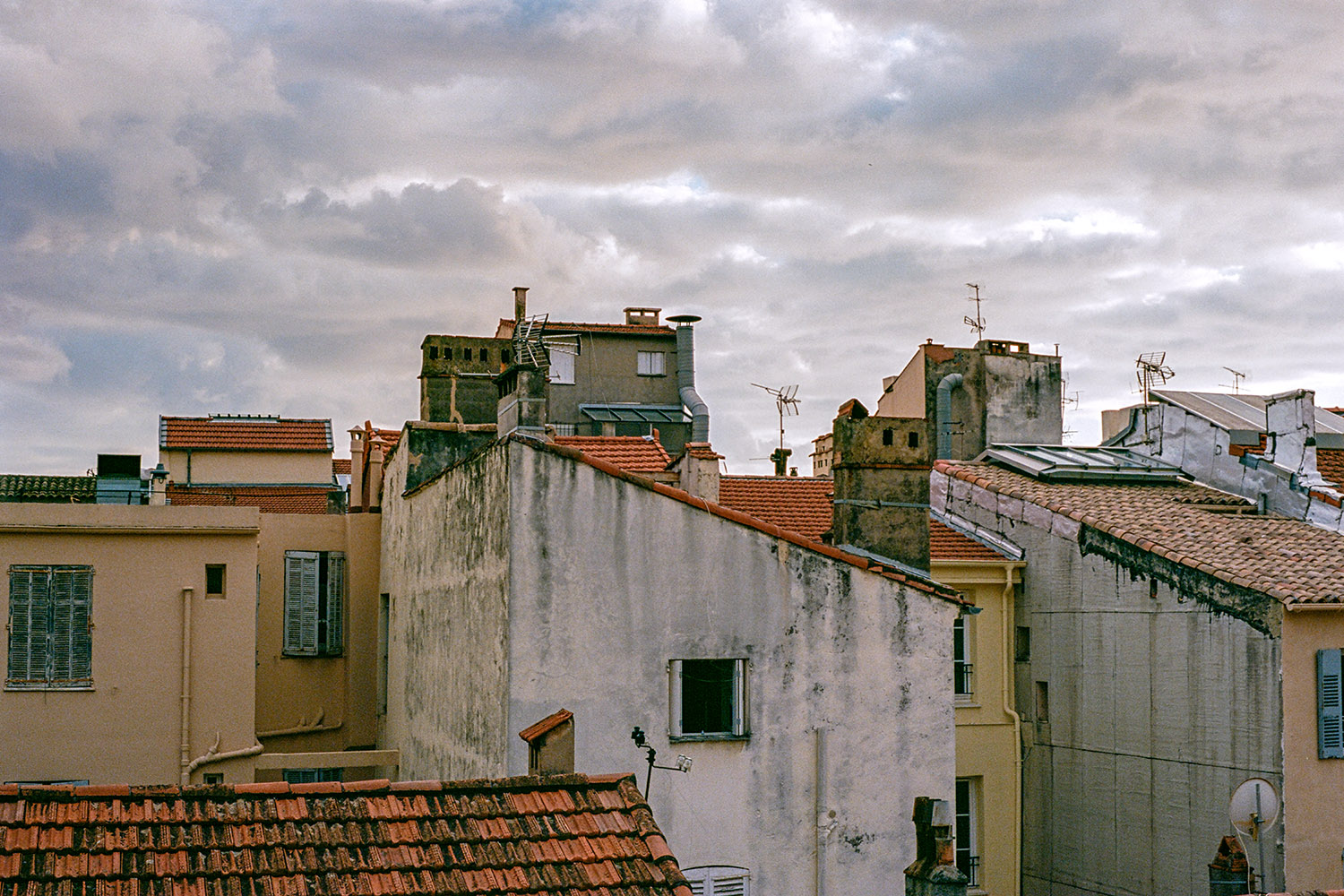
|
Cannes, behind the rue Jean Méro |
50mm, ISO 100, 1/125, ƒ/11 |
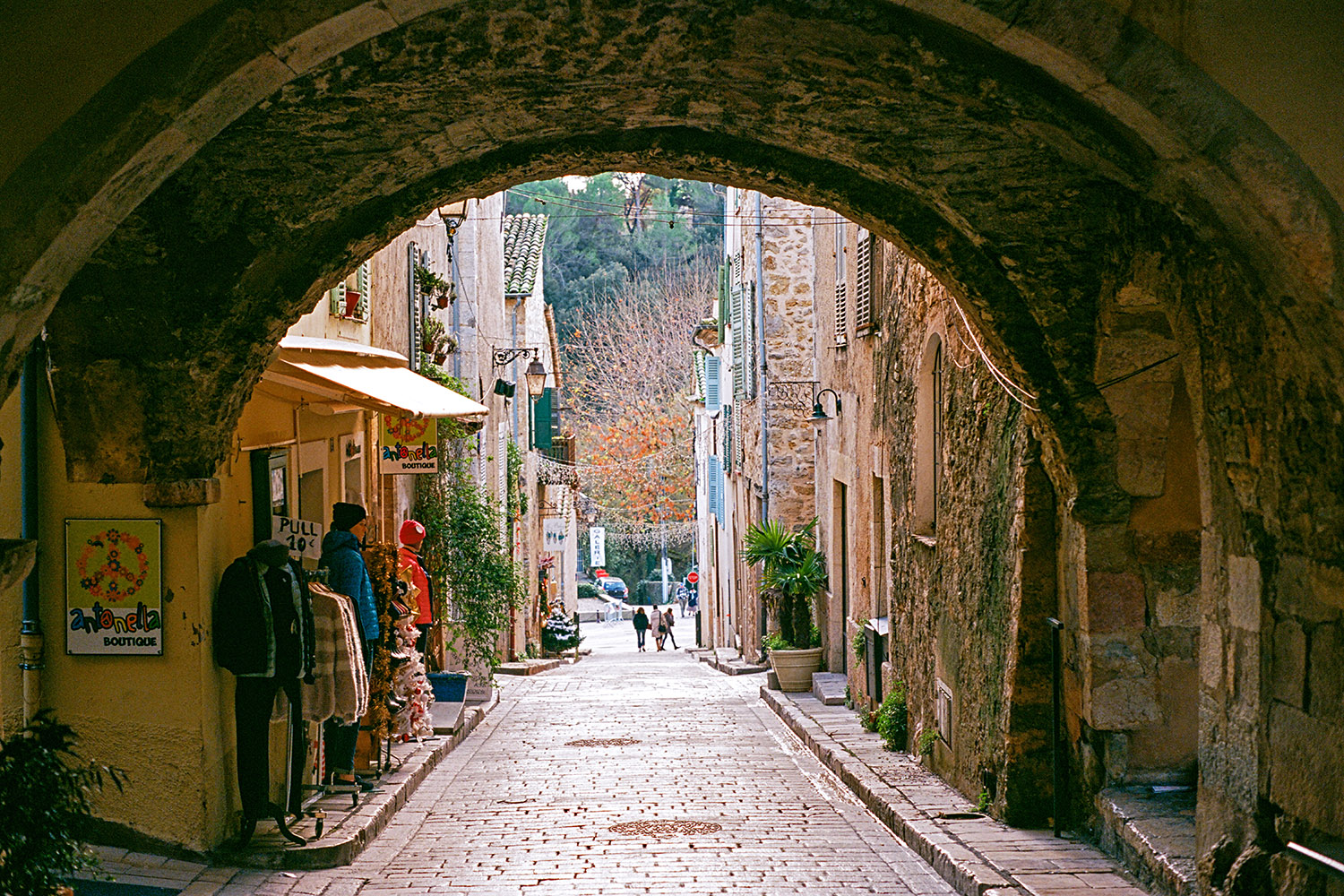
|
Valbonne, looking down the Rue Grande |
50mm, ISO 100, 1/125, ƒ/4 |
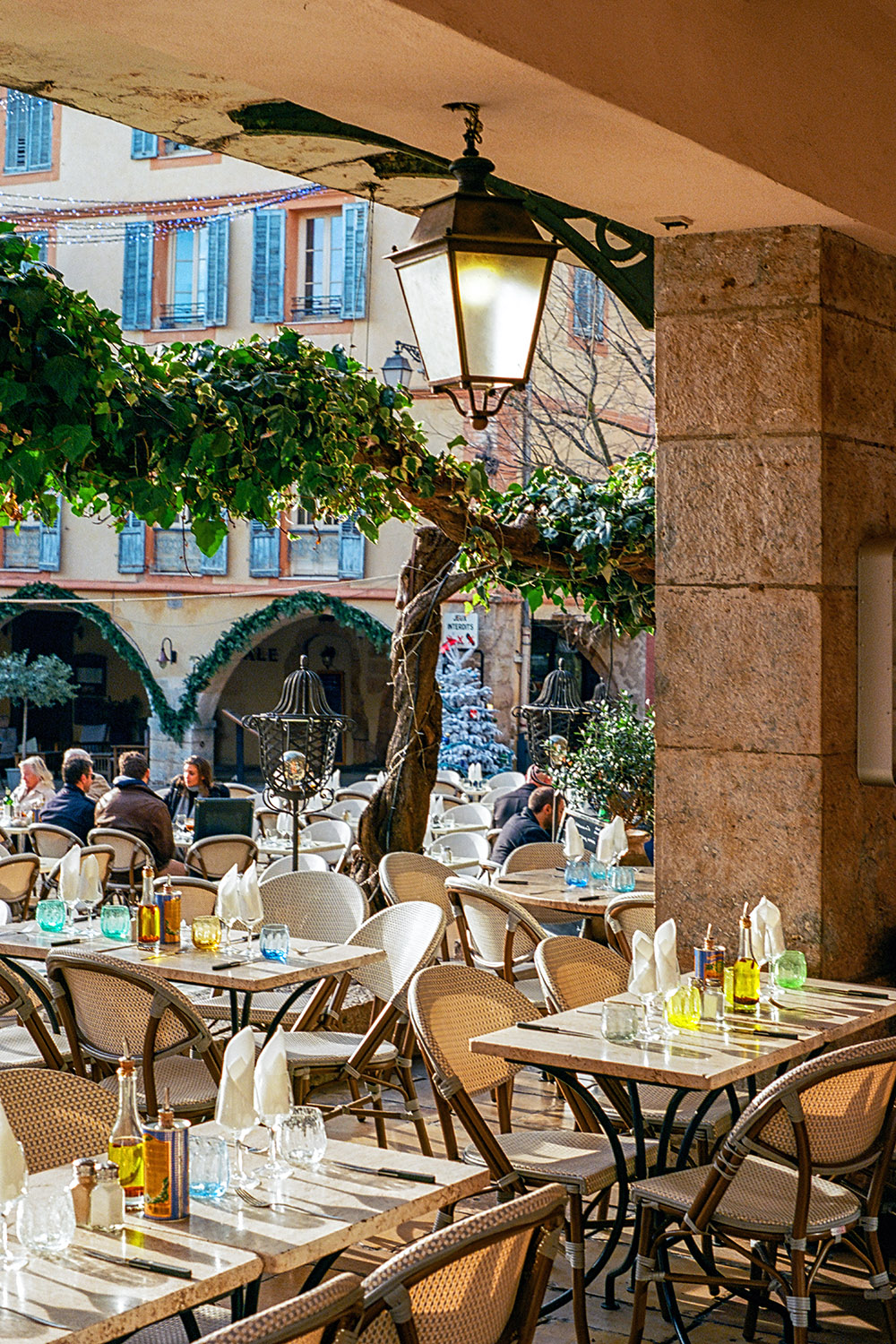
|
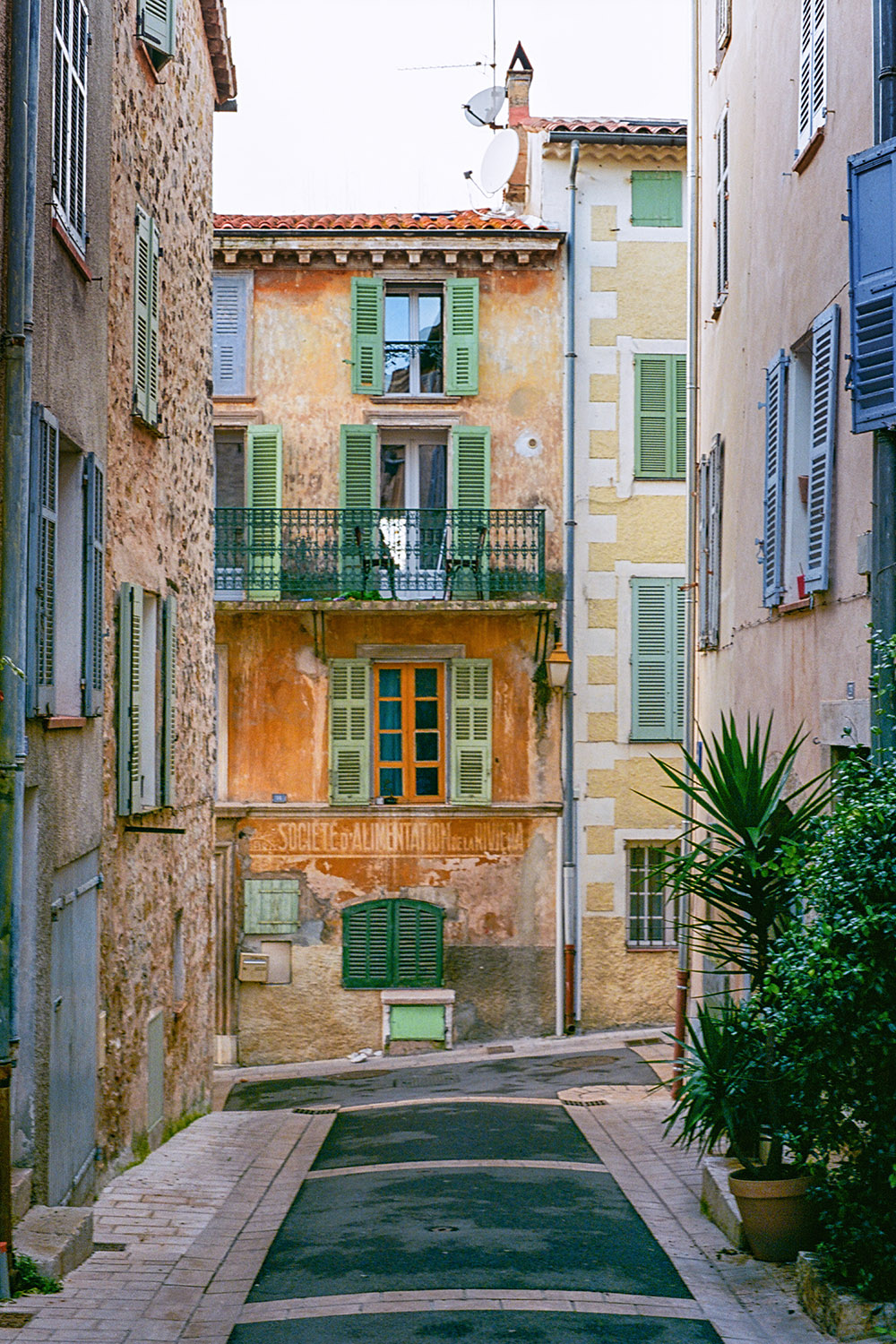
|
Valbonne, Café des Arcades (50mm, ISO 100, 1/125, ƒ/8) |
Valbonne, weathered façade (50mm, ISO 100, 1/60, ƒ/6.7) |
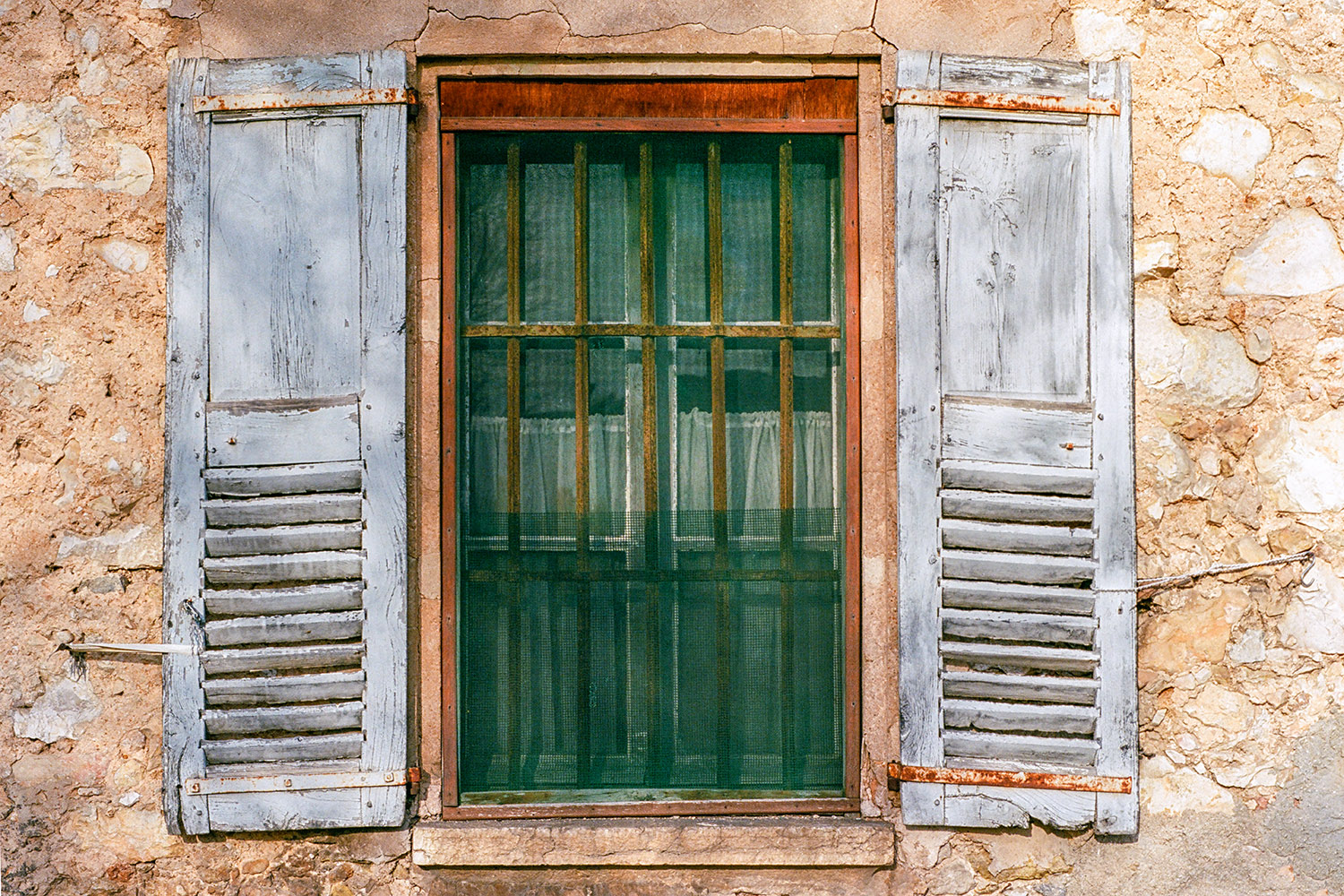
|
Valbonne, old window |
50mm, ISO 100, 1/125, ƒ/11 |
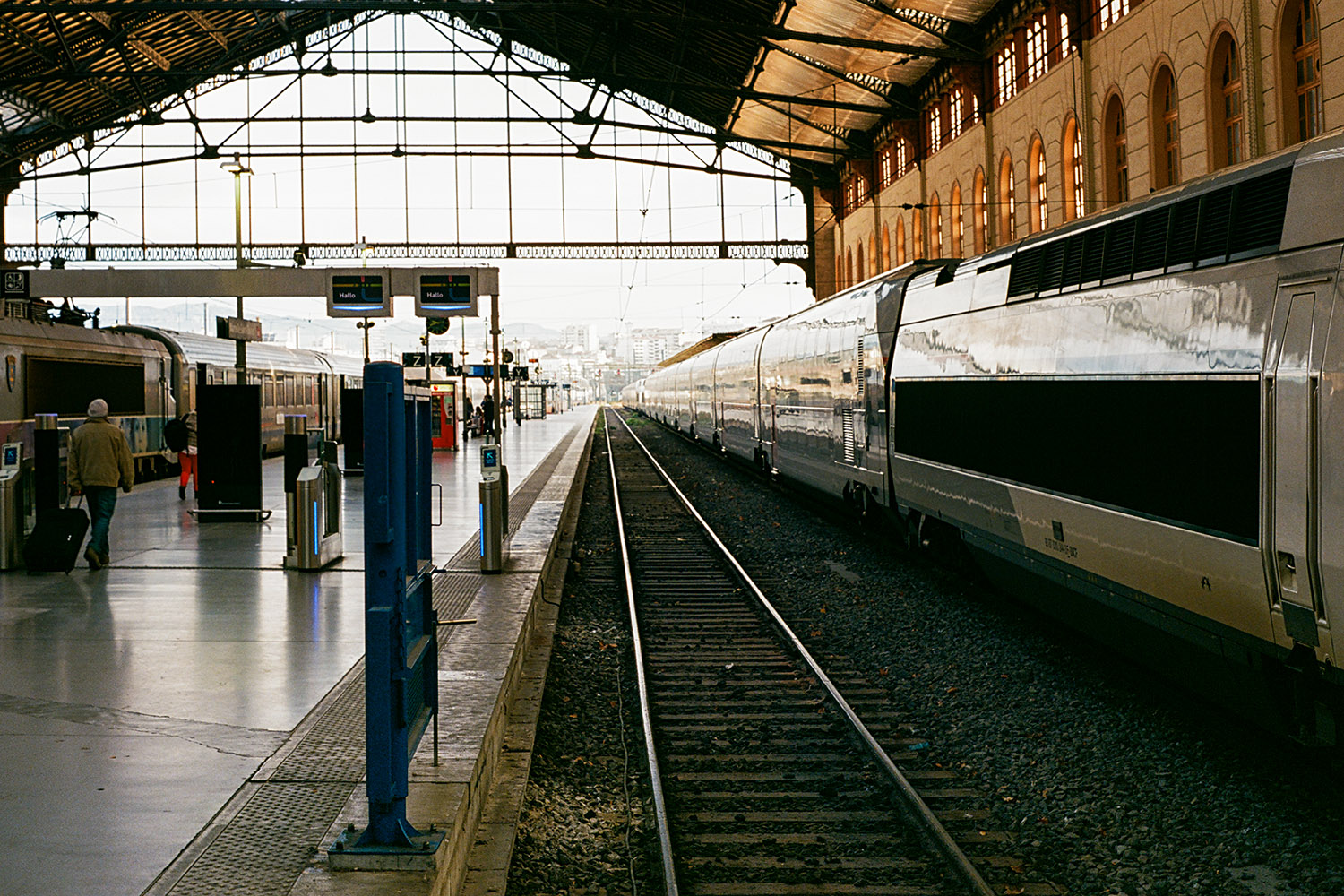
|
Marseille, Saint-Charles railway station |
50mm, ISO 100, 1/250 ƒ/9.5 |
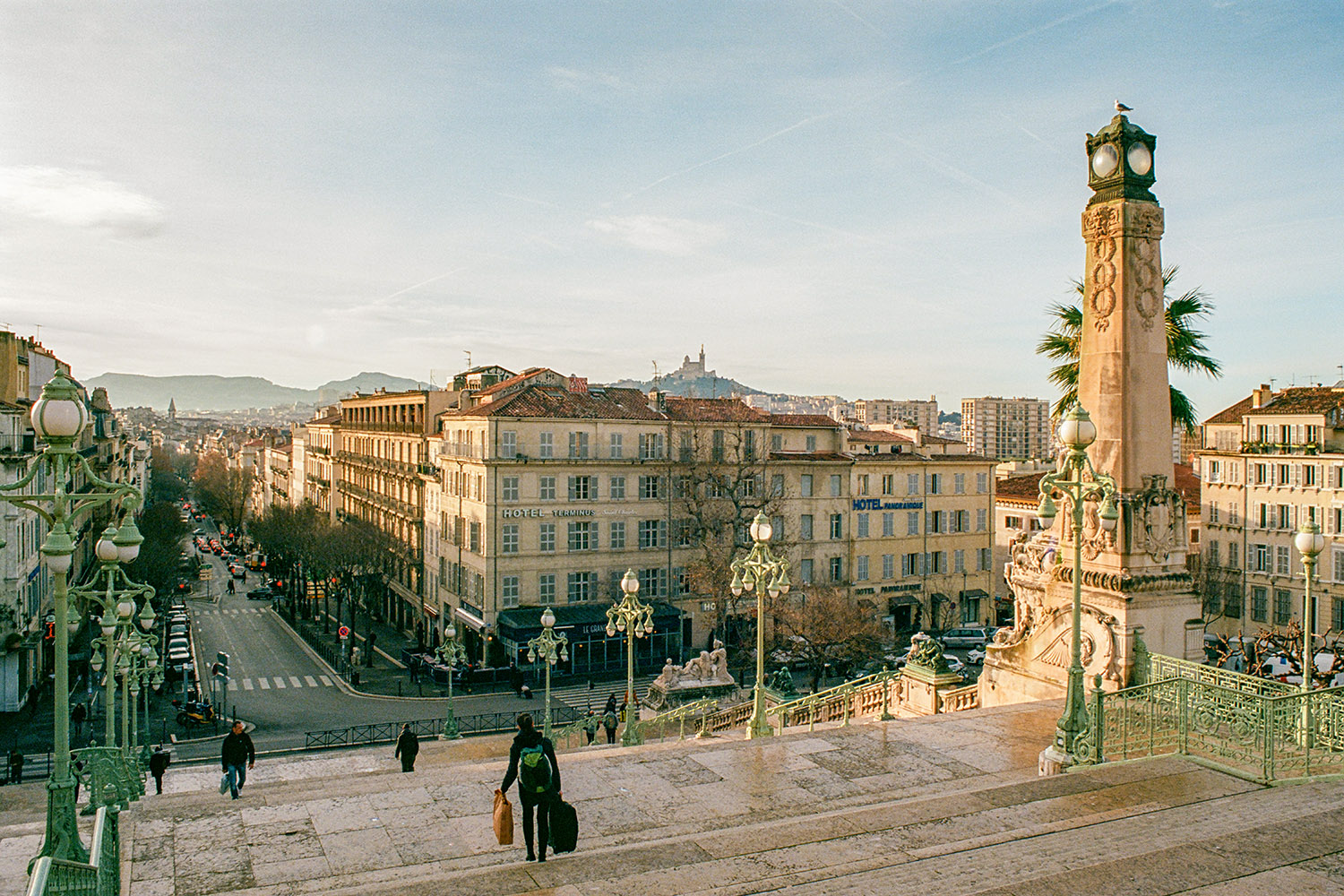
|
Marseille, Saint-Charles railway station main stairway |
28mm, ISO 100, 1/125, ƒ/11 |
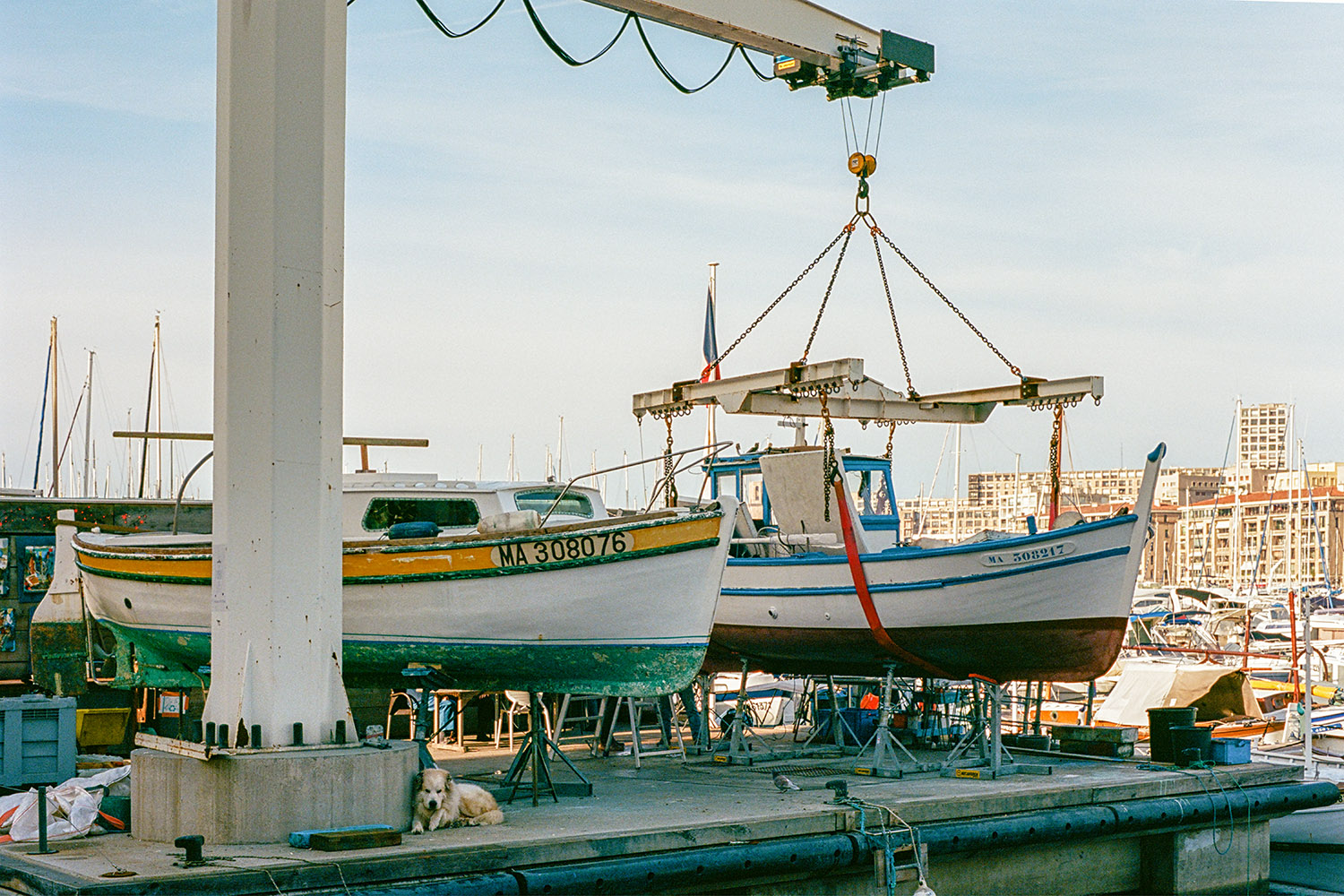
|
Marseille, by the old harbor |
50mm, ISO 100, 1/250, ƒ/8 |
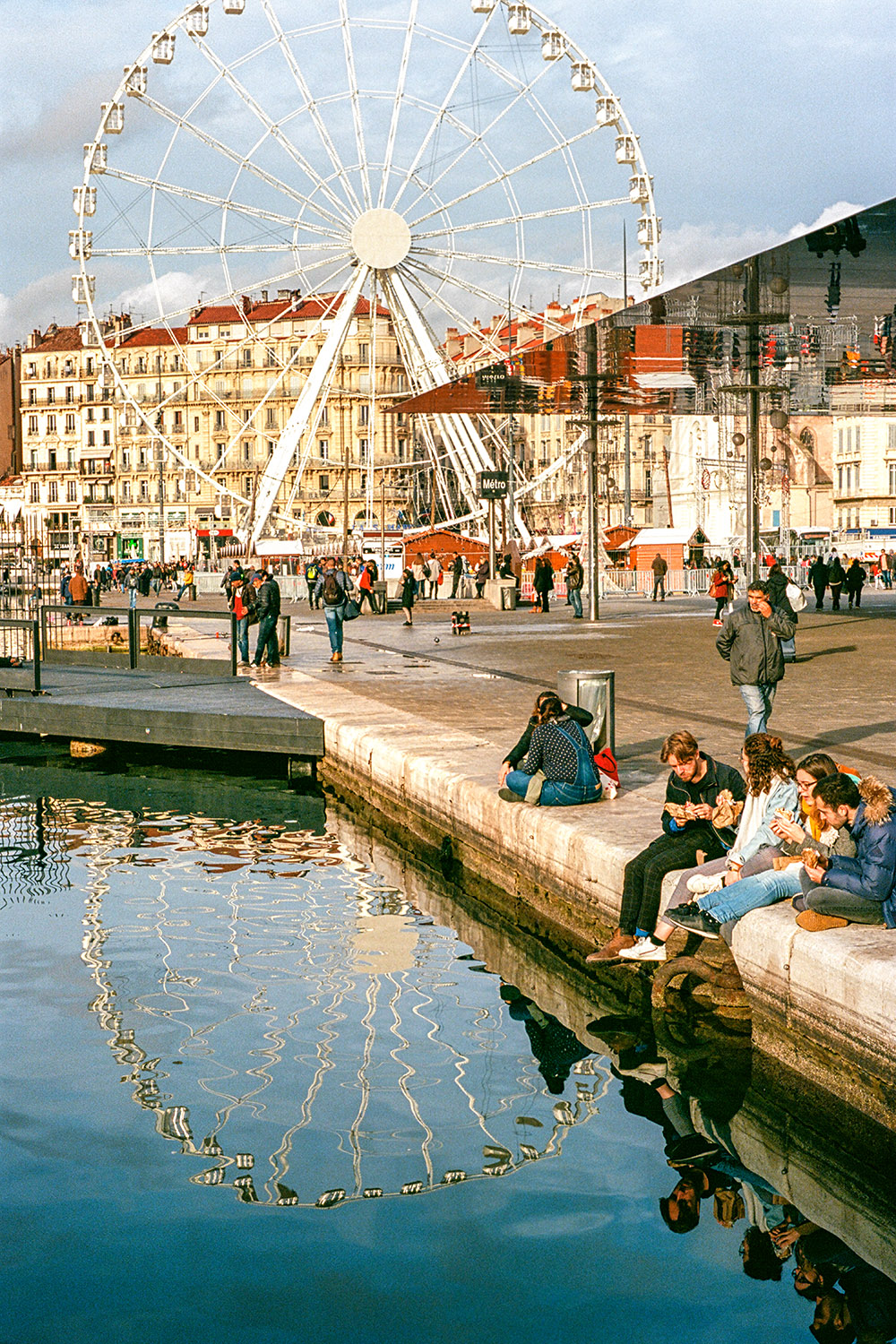
|
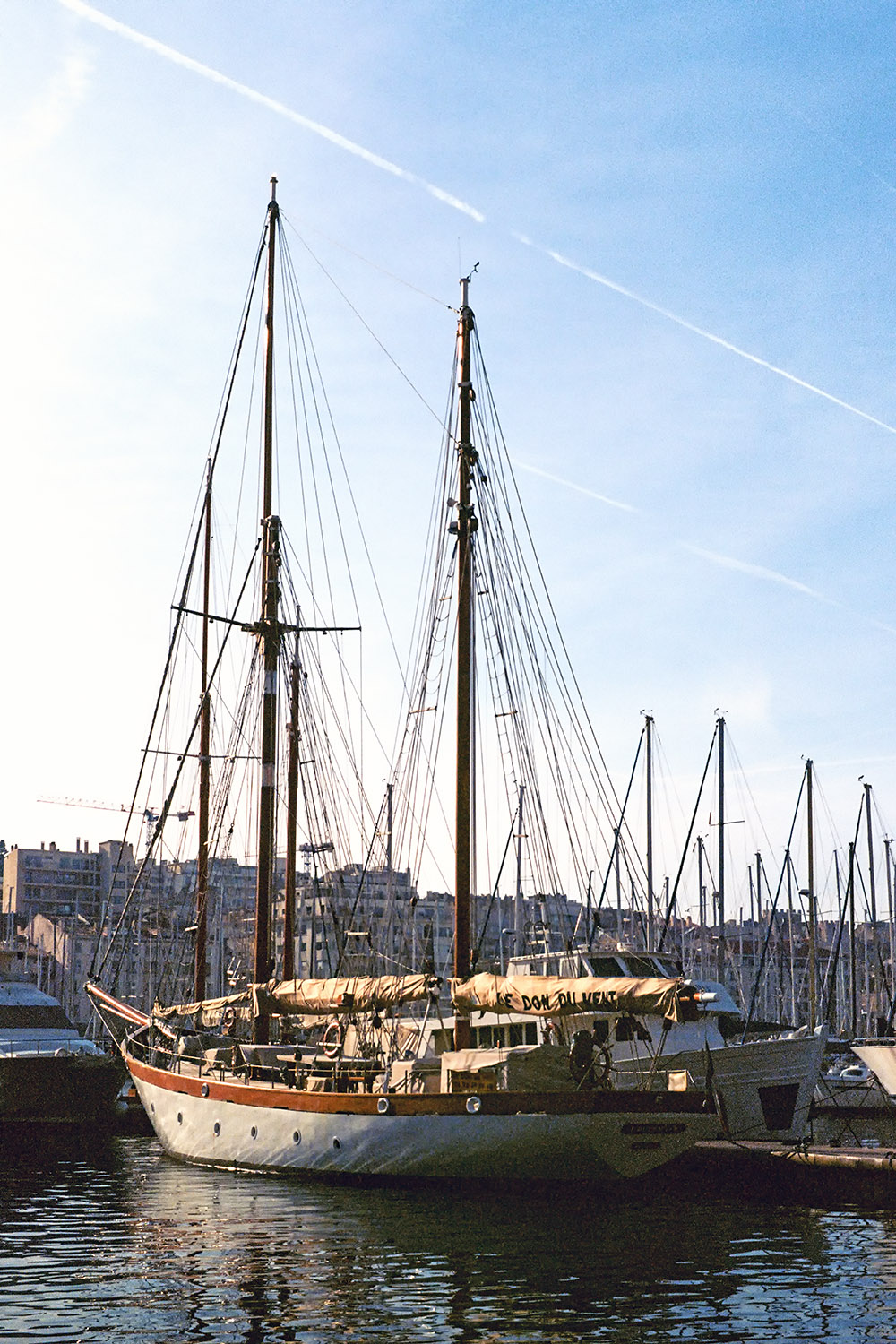
|
Marseille, Ferris wheel (50mm, ISO 100, 1/250, ƒ/9.5) |
Marseille, Sailboat (50mm, ISO 100, 1/1000, ƒ/8) |
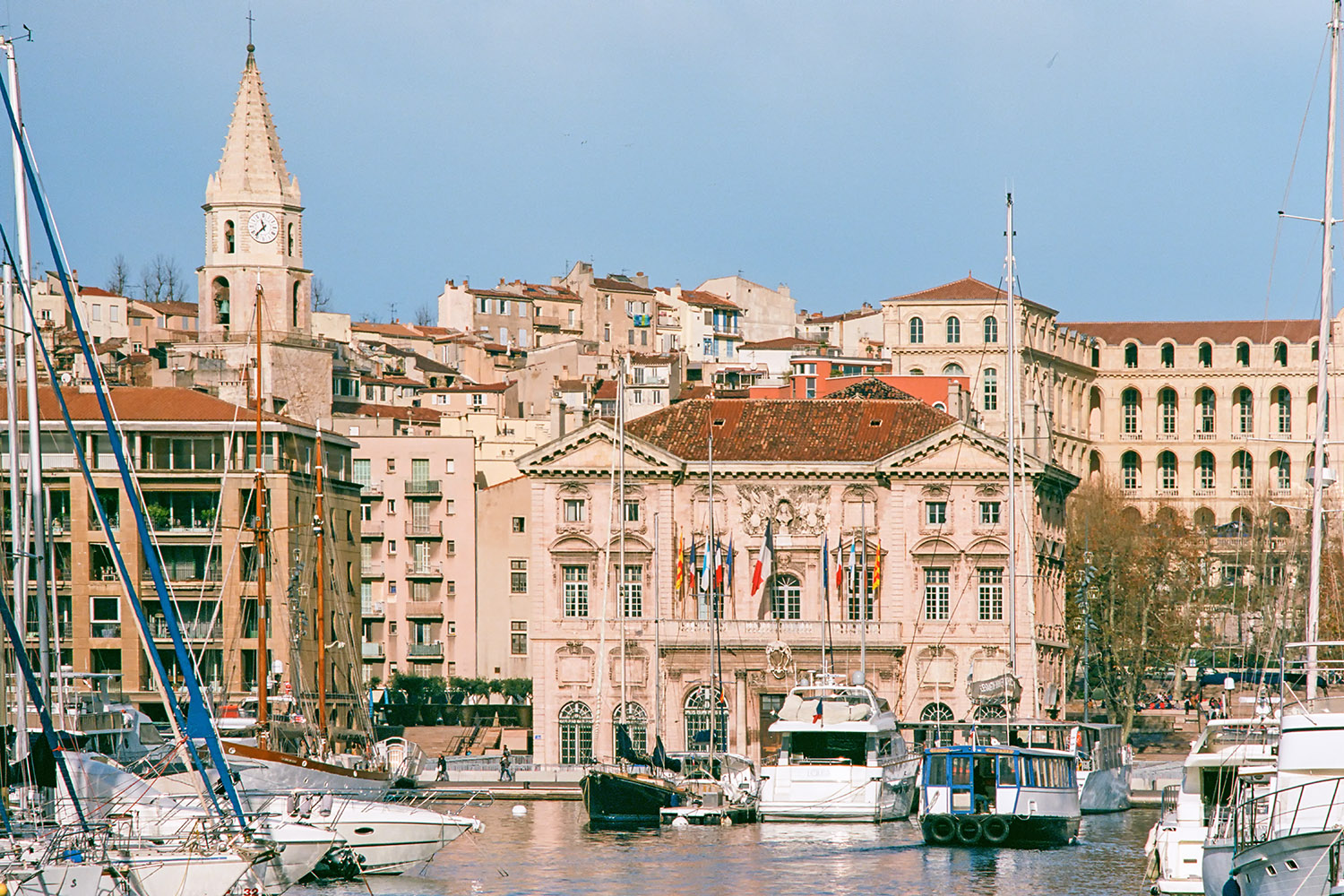
|
Marseille, City Hall from across the old harbor |
135mm, ISO 100, 1/500, ƒ/11 |
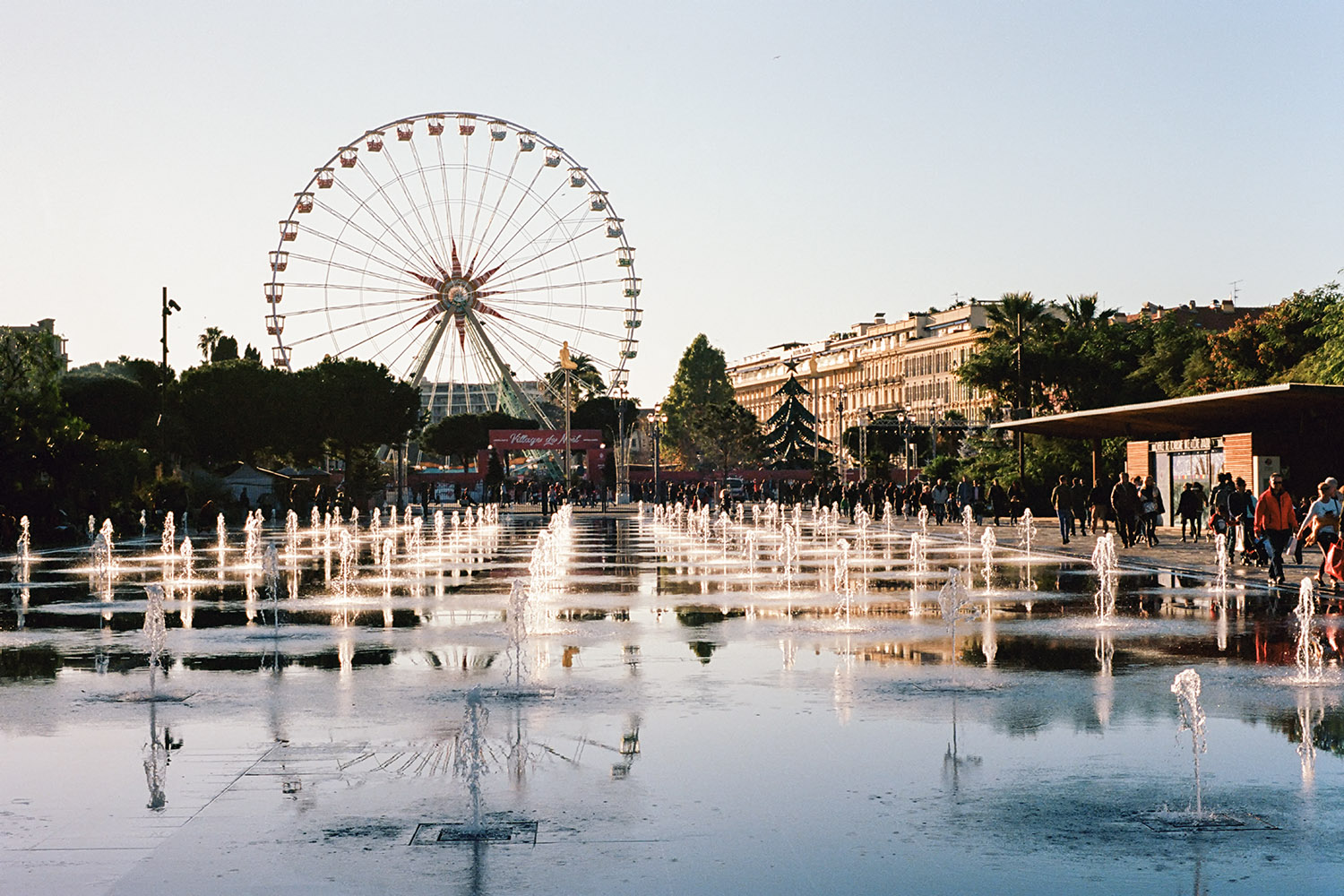
|
Nice, Esplanade |
50mm, ISO 100, 1/500, ƒ/11 |
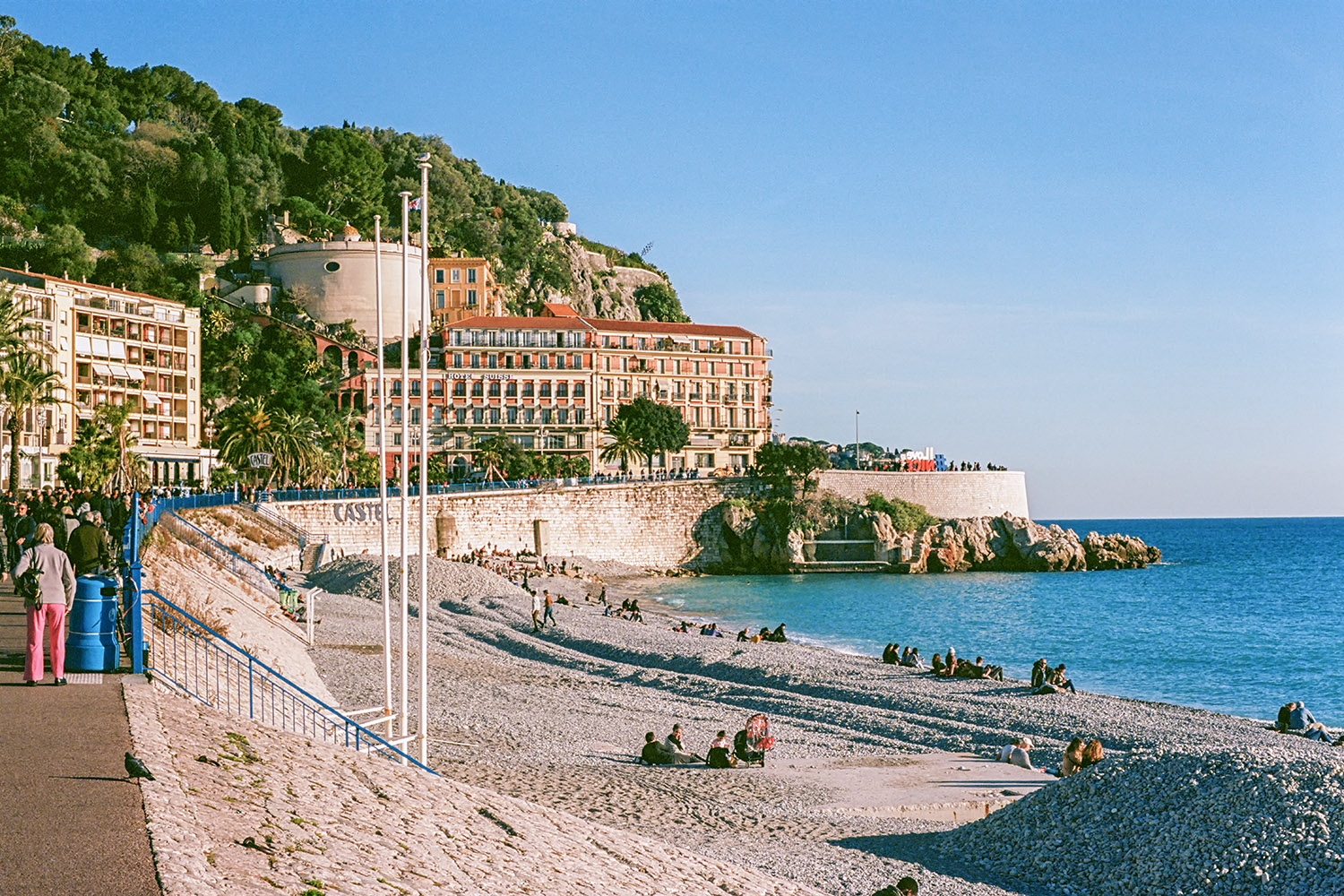
|
Nice, Quai des États-Unis |
50mm, ISO 100, 1/500, ƒ/11 |
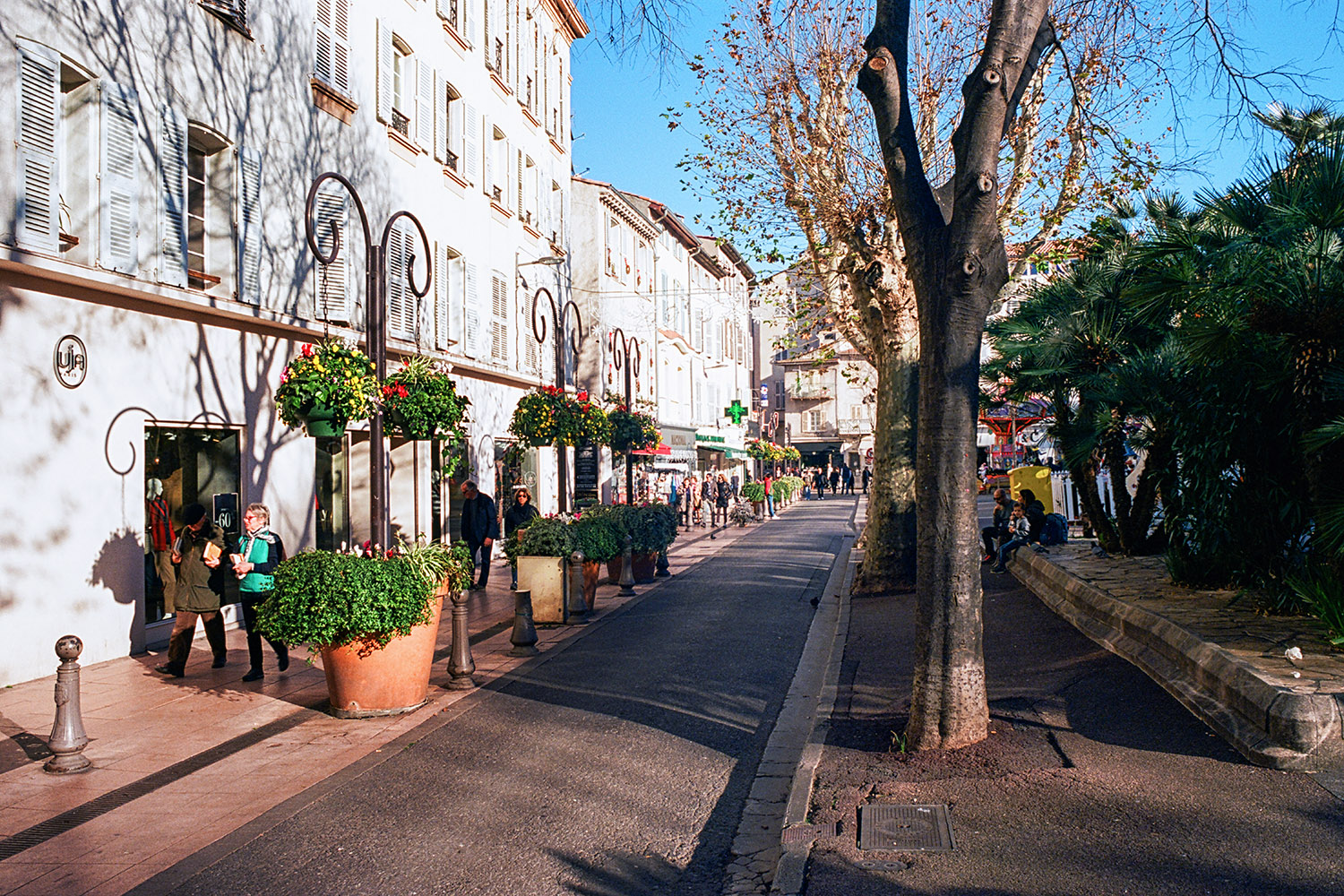
|
Antibes, Rue de la République |
28mm, ISO 100, 1/60, ƒ/11 |
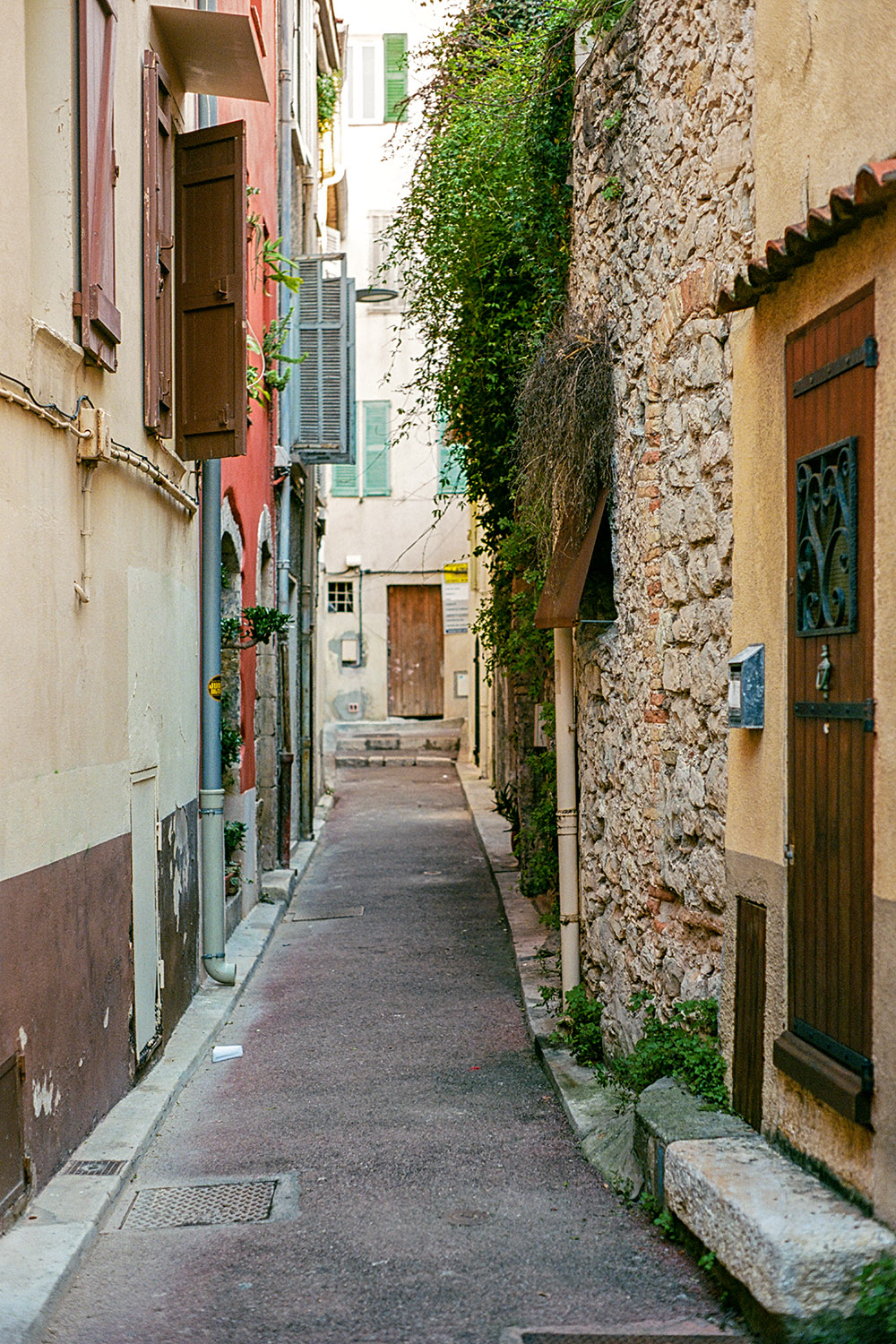
|
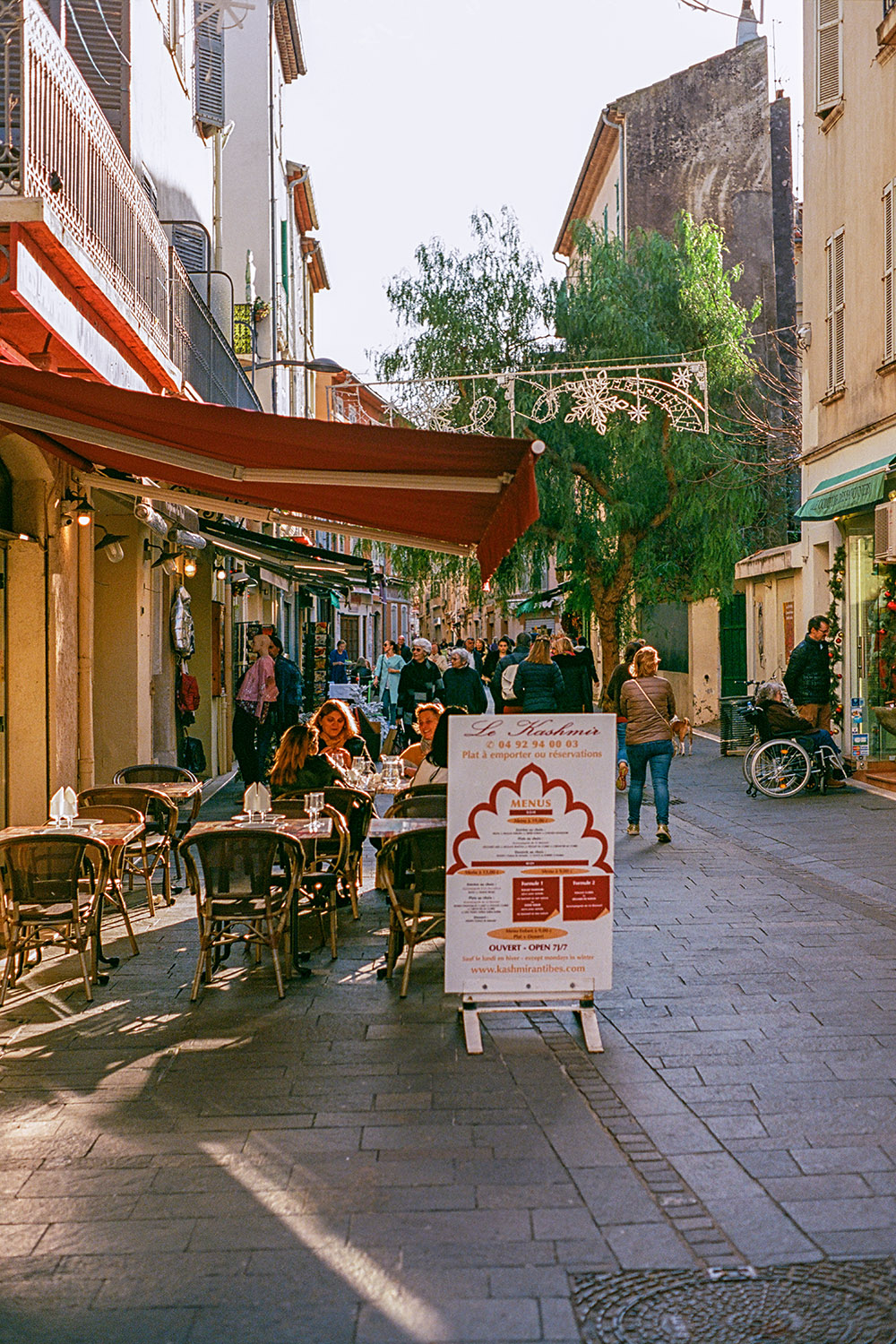
|
Antibes, Rue Brulée (50mm, ISO 100, 1/60, ƒ/1.7) |
Antibes, Rue Thuret (50mm, ISO 100, 1/500, ƒ/3.3) |
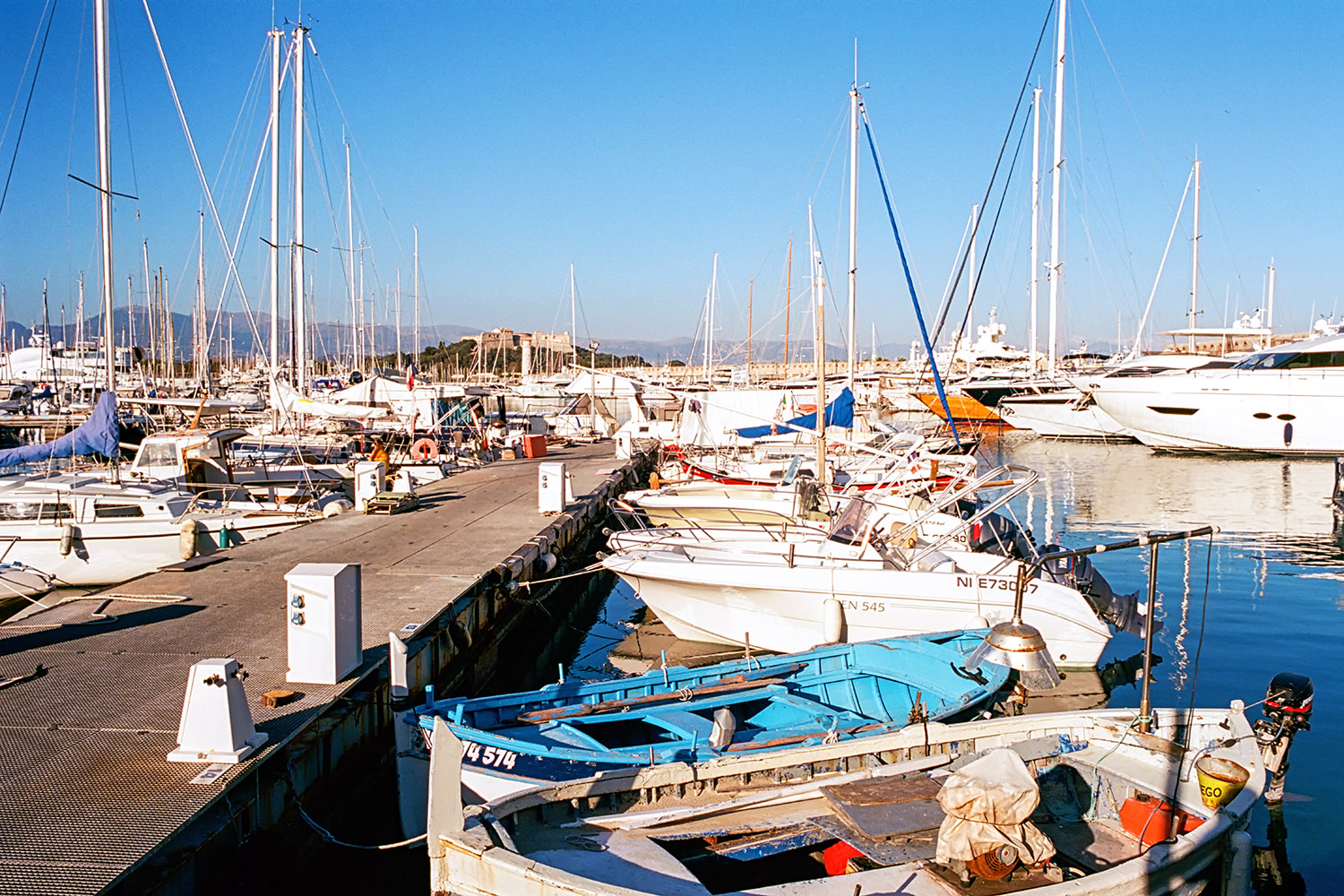
|
Antibes, Port Vauban |
28mm, ISO 100, 1/250 ƒ/11 |
The photos on this page were taken in December 2018 and January 2019 in the South of France
Home | Site Info | Family | The Area | Trips | France | Work | Rants | Photography | Odds & Ends
This page was last modified on March 1, 2019
Send feedback about this page to feedback@kiechle.com
https://www.kiechle.com/photography/ektar100/index.htm
(optimized for Retina display)
All contents © 1999-2025 The Kiechles